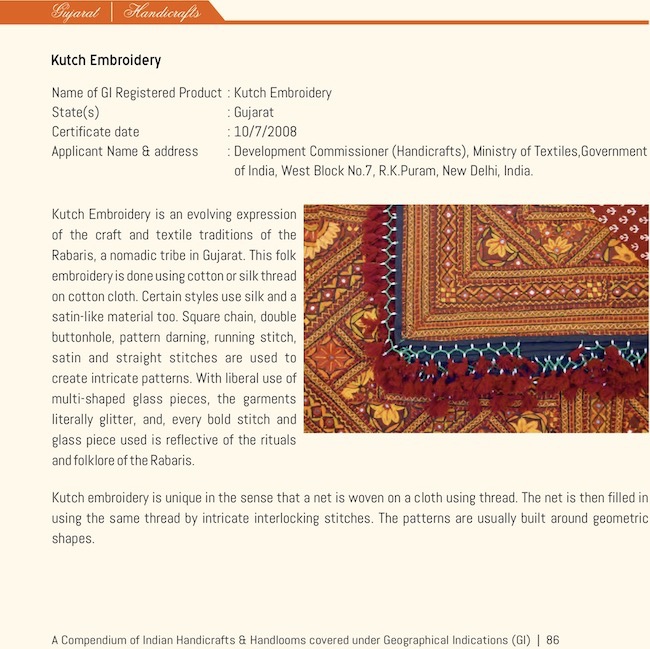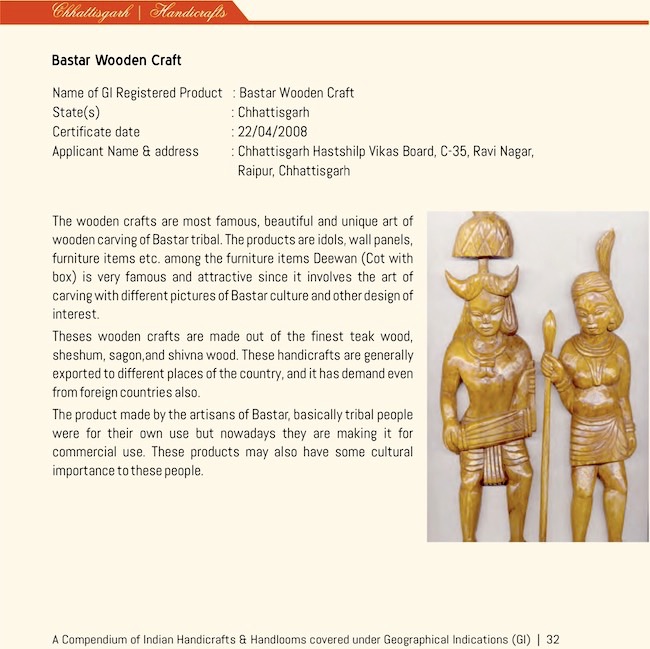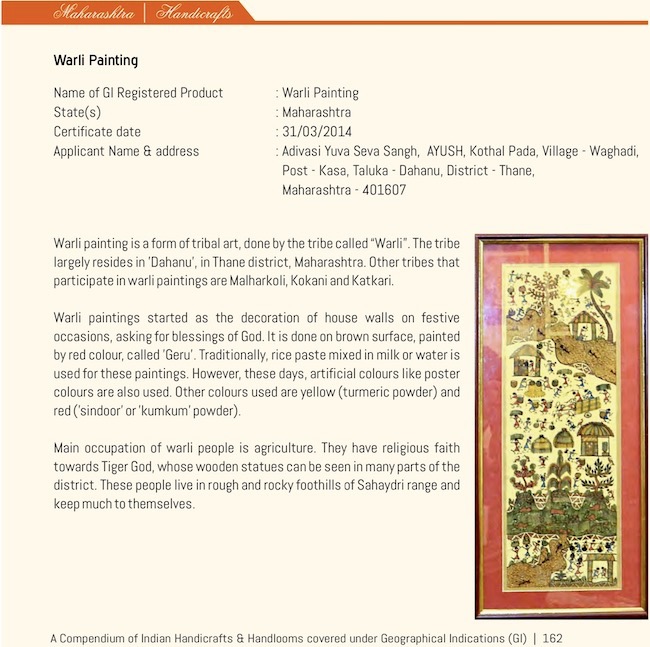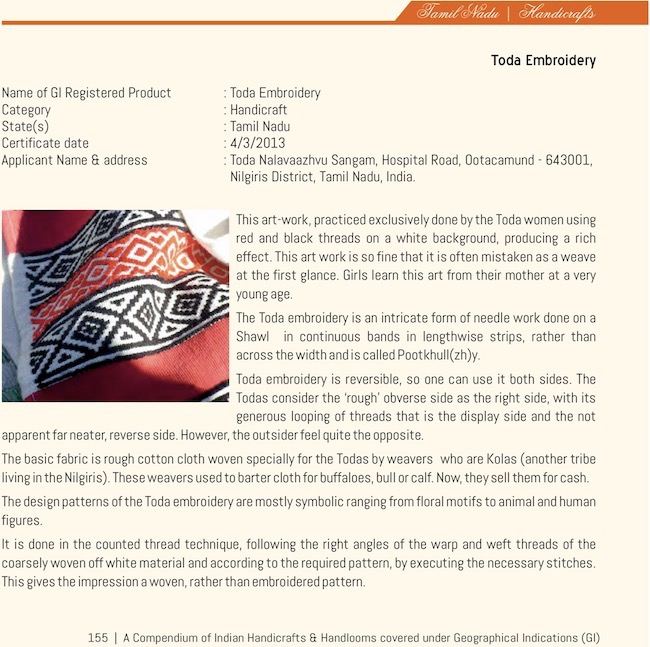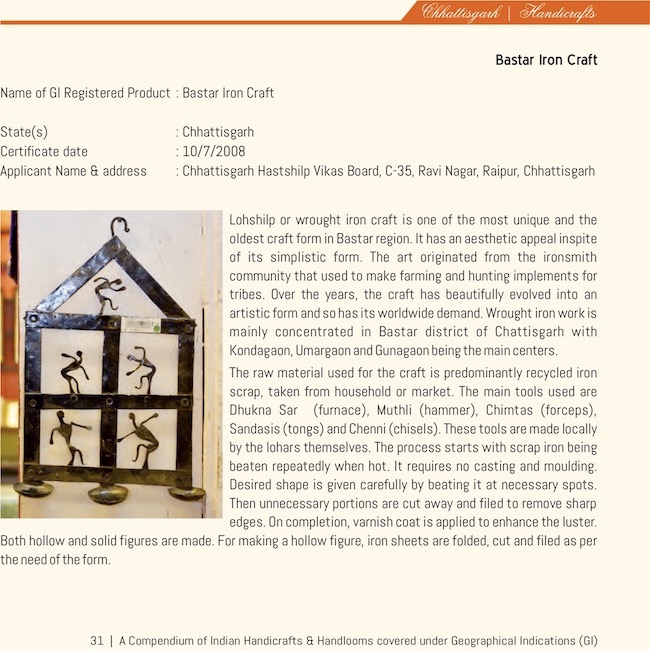A group of students were huddled together under one of the sheds at the National Crafts Museum recently […]
Dokra art, an ancient method of making metal artefacts is supposed to be 4,000 to 5,000 years old and is usually associated with tribal population living in Chhattisgarh, West Bengal, Jharkhand and Orissa. The complicated, manifold process requires right participation and measurement at every stage of the making, something Pradha has been effortlessly doing for the past 25 years.
“I was basically a farmer’s son. But one day, I just took to this process and made some decorative items. People were impressed by the outcome, as it is a difficult craft to master and I managed to get it right in one go,” recollects Pradha who lives in Chhattisgarh.
Pradha, along with his son, was in the capital for a week-long workshop ‘SwayamShilp’, organised by Jindal Steel and Power Limited (JSPL) Foundation to provide artists from the tribal hinterland of the country a platform to preserve and propagate their art forms. […]
According to Vipeksha Gupta, an artist and a participant, getting to interact with the artists directly for tribal art is very rare. “You can get in touch with modern and contemporary artists, but to meet the tribal artist and learn from him directly is a good experience,” Gupta tells Metrolife.
Most of the tribal art forms derive inspiration from local folklores and tales, and so is the case with Dokra art, motifs of which are inspired by indigenous folk culture. However, the making process is multi-layered and uses natural materials to give it a shape.
According to Pradha, the most authentic and organic way of making these artefacts begins with using termite mounds, easily available in forests and open space, mixing it with rice husk and kneading it like a dough. […]
The mould is then cooked over a furnace where the wax melts and drains out from the opening. After this, molten metal (mainly brass and bronze) is poured inside the duct of the mould. It is allowed to settle for some time and the cast is then broken, giving way to an elegant figurine. […]
“It is impossible to replicate the design because of the multi-layered process,” he says.
Source: “Charming intricacies of Dokra art” by Shilpa Raina, Deccan Herald, August 12, 2015
Address: http://www.deccanherald.com/content/494654/charming-intricacies-dokra-art.html
Date Visited: Fri May 27 2016 20:54:33 GMT+0200 (CEST)
[Bold typeface added above for emphasis]
Source: A Compendium of Indian Handicrafts & Handlooms under
Geographical Indications (April 2017) | Find updates via custom search >>
Learn more about India’s tribal cultural heritage covered by this edition:
Bastar, Chhattisgarh, Gujarat, Maharashtra & Tamil Nadu >>
Tribal Arts in India: The National Inventory of Tribal Museums >>
Ethnographic Museums >>
Up-to-date reports by Indian journalists and commentators
To search Indian periodicals, magazines, web portals and other sources safely, click here. To find an Indian PhD thesis on a particular tribal community, region and related issues, click here >>
Search tips
Combine the name of any particular state, language or region with that of any tribal (Adivasi) community.
Add keywords of special interest (music, poetry, dance just as health, sacred grove and biodiversity); learn about the rights of Scheduled Tribes such as the “Forest Rights Act” (FRA); and the United Nations “Declaration on the Rights of Indigenous Peoples”, “Universal Declaration of Human Rights”, “women’s rights”, or “children’s right to education”.
Specify any other issue or news item you want to learn more about (biodiversity, bonded labour and human trafficking, climate change, ecology, economic development, ethnobotany, ethnomedicine, global warming, hunter-gatherers in a particular region or state, prevention of rural poverty, water access).
For official figures include “scheduled tribe ST” along with a union state or region: e.g. “Chhattisgarh ST community”, “Himalayan tribe”, “Scheduled tribe Tamil Nadu census”, “ST Kerala census”, “Particularly Vulnerable Tribal Group Jharkhand”, “PVTG Rajasthan”, “Adivasi ST Kerala”, “Adibasi ST West Bengal” etc.
In case the Google Custom Search window is not displayed here try the following: (1) toggle between “Reader” and regular viewing; (2) in your browser’s Security settings select “Enable JavaScript” | More tips >>
Note: hyperlinks and quotes are meant for fact-checking and information purposes only | Disclaimer >>
Tips for using interactive maps
Toggle to normal view (from reader view) should the interactive map not be displayed by your tablet, smartphone or pc browser
For details and hyperlinks click on the rectangular button (left on the map’s header)
Scroll and click on one of the markers for information of special interest
Explore India’s tribal cultural heritage with the help of another interactive map >>

